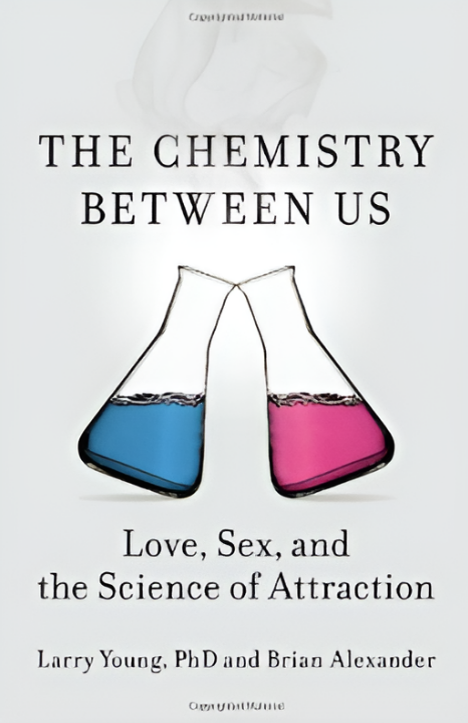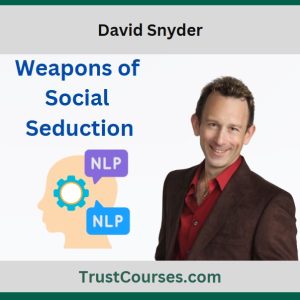Larry Young – The Chemistry Between Us Love, Sex, And The Science Of Attraction
$17.00
Larry Young The Chemistry Between Us Course [Instant Download]

What is Larry Young The Chemistry Between Us:
The Chemistry Between Us teaches you how brain chemistry controls love, sex, and attraction. It explains why we make certain relationship choices and what drives our romantic behaviors.
You’ll learn how specific molecules in our brains influence who we’re attracted to, why we fall in love, and what makes us stay in relationships.
The course combines real human stories with lab research to show how neuroscience explains everything from physical attraction to jealousy and mother-infant bonding.
📚 PROOF OF COURSE

What you’ll learn in The Chemistry Between Us:
Learn how your brain’s chemistry shapes love and relationships. Here’s what’s inside in 2 MP3:
- Brain Chemistry: See how brain chemicals create attraction and influence who we choose as partners
- Bond Formation: Discover the science of how we form deep emotional connections and attachments
- Gender and Love: Learn how brain structure affects gender identity and who we’re attracted to
- Relationship Choices: Understand why you have a “type” and keep choosing similar partners
- Social Connections: Explore why we feel jealousy, what drives cheating, and how mother-baby bonds form
- Real-Life Uses: Use brain science to better understand your relationships and behavior
By the end of this course, you’ll understand how your brain drives your most important relationship decisions, from falling in love to staying committed.
Who is Larry Young?

Larry Young is a leading psychiatrist and brain scientist at Emory University School of Medicine. His research shows how brain chemistry controls love and social bonds.
As director of the Center for Social Neuroscience, Young discovered how our brains create emotional connections. His work helps explain everything from mother-child bonds to romantic relationships.
In 2012, he wrote “The Chemistry Between Us” with Brian Alexander, making his research easy to understand. The book shows how brain chemicals shape our love lives and social connections.
His findings help doctors treat relationship problems and social disorders. Young’s work has changed how we understand human relationships and attachment.
Be the first to review “Larry Young – The Chemistry Between Us Love, Sex, And The Science Of Attraction” Cancel reply
You must be logged in to post a review.
Related products
Chemistry Building
Chemistry Building
Chemistry Building
Chemistry Building
Chemistry Building
Chemistry Building
Chemistry Building











Reviews
There are no reviews yet.